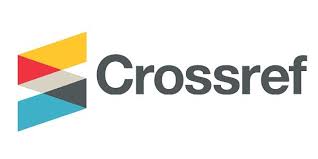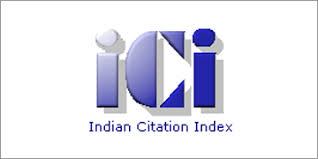IJCRR - 8(18), September, 2016
Pages: 26-29
INTRODUCING VERTICAL INTEGRATED TEACHINGFOR 3RD M.B.B.S. PHASE II STUDENTS
Author: Nitin R. Mudiraj, Priya S. Patil, Manisha R. Dhobale
Category: Healthcare
[Download PDF]
Abstract:
Aims: Current medical education imparts knowledge in a disjoined manner so that it is difficult for undergraduates to co-relate information in clinical context. The aim of this study was to introduce vertical integration for undergraduate medical students and to analyse its impact on the students and faculty.
Materials and Methods: An innovative Vertical integrated teaching module was carried out at our Medical College with the cooperation of Surgery and Anatomy departments. Framing of proposed time table and curriculum design was done. 40 students and 19 faculties participated in this project. Pre-test and post-test assessment was carried out after each session. A separate questionnaire was given to students and faculties for their feedback.
Result: Statistical analysis showed that there was a significant improvement in the students’ mean scores, knowledge and understanding level. The students were highly satisfied with this method of teaching and interestingly 95 % of students showed positive behavioural changes. The response of the faculty was of mixed type but most of them responded positively to the exercise of integrated teaching.
Conclusion: We conclude that vertical integrated teaching in a medical curriculum is found to facilitate attainment of knowledge and improve the affective and psychomotor domains along-with creating a positive behavioural change in the students. The results of VIT are encouraging so that it can be expanded to many more topics to enable a smooth transition from traditional to integrated teaching over the coming years
Keywords: Vertical integrated teaching, Medical curriculum, Curriculum design
Citation:
Nitin R. Mudiraj, Priya S. Patil, Manisha R. Dhobale. INTRODUCING VERTICAL INTEGRATED TEACHINGFOR 3RD M.B.B.S. PHASE II STUDENTS International Journal of Current Research and Review. 8(18), September, 26-29
References:
1. Nazish Rafique. Importance of vertical integration in teaching and assessment ofphysiological concepts. Journal of Taibah University Medical Sciences 2014; 9(4), 282-288.
2. Medical Council of India (1992) Recommendations of the workshop on Need based Curriculum forunder graduate medical education, MCI: NewDelhi.
3. Joglekar S., Bhuiyan, P.S. and Kishore, S.Integrated Teaching–our experience, Journal of Postgraduate Medicine 1994, 40, 4, pp 231-232.
4. Kalpana Kumari M. K., Vijaya V. Mysorekar, Seema Raja. Student’s Perception About Integrated Teaching In An Undergraduate Medical Curriculum Journal of Clinical and Diagnostic Research. 2011 November (Suppl-1), Vol-5(6): 1256-1259
5. David G. Brauer, Kristi J. Ferguson. The integrated curriculum in medical education: AMEE Guide No. 96. AMEE GUIDE 2015, 37: 312–322.
6. Rajan SJ, Jacob TM, Sathyendra S. Vertical integration of basic science in final year of medical education. Int J App Basic Med Res 2016;6:182-5.
7. Vyas R, Jacob M, Faith M, Isacc B, Rabi S, Satish Kumar S, Selvakumar D, Ganesh.A. An effective, integrated learning programme in the first year of the medical course. The National Medical Journal of India. 2008; 21:1-6.
8. Vidic B, Weitlauf HM. The horizontal and vertical integration of academic disciplines in the medical school curriculum. ClinAnat 15:233-5.
9. Brynhildsen J, Dahle LO, Behrbohm Fallsberg M, Rundquist I, Hammar M. Attitudes among students and teachers on vertical integration between clinical medicine and basic science within a problem-basedundergraduate medical curriculum. Med Teach 2002;24:286-8.

|






 This work is licensed under a Creative Commons Attribution-NonCommercial 4.0 International License
This work is licensed under a Creative Commons Attribution-NonCommercial 4.0 International License